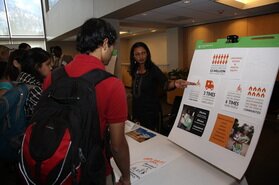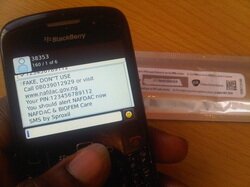Providing social entrepreneurs in global health with the knowledge, systems, and networks needed to succeed
Who We Are
SEAD brings together interdisciplinary partners through a coordinated effort across Duke University and leverages institutional relationships and networks to create an integrated global health social entrepreneurship hub for diverse stakeholders across the globe. SEAD, in partnership with the U.S. Agency for International Development (USAID) and the USAID Higher Education Solutions Network (HESN), mobilizes a community of practitioners, investors, policymakers, faculty, staff, and students to identify, assess, help develop, build capacity of, and scale solutions, technologies, and business models for healthcare delivery and preventive services in developing countries around the world. Through this program, SEAD will capture lessons learned and policy implications to ensure that our work impacts both entrepreneurs on the ground and the broader development community.
|
Upcoming Events |
The SEAD Blog
How Hurricane Katrina is informing development policy and identifying healthcare innovation priorities almost 10 years later
Coming up on the 10-year anniversary of Hurricane Katrina, which devastated the city of New Orleans, Louisiana, there is much to be learned from the way communities braced for and bounced back from this natural disaster that can help communities facing similar vulnerabilities abroad.
Tweets by @DukeSEAD
|






